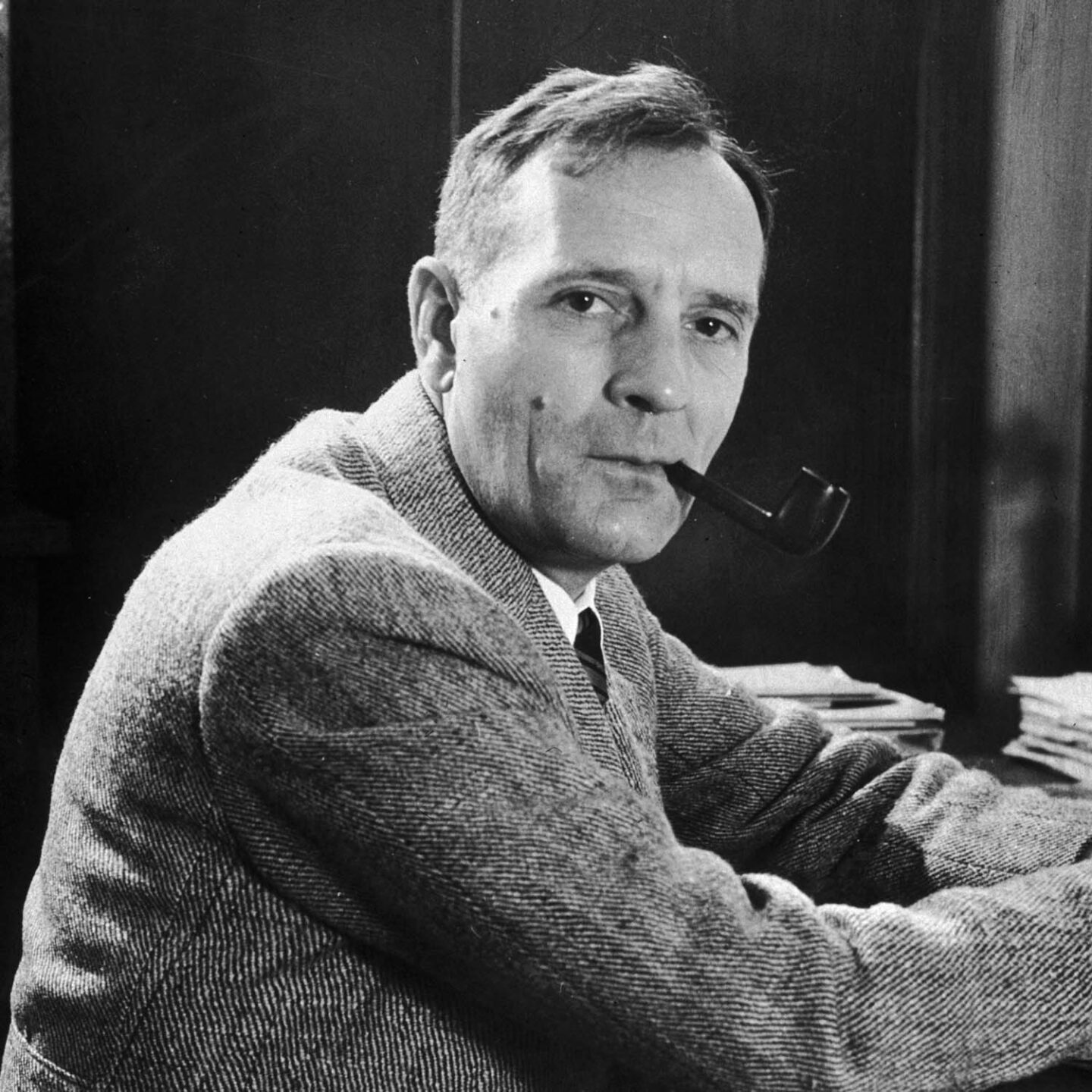The Hooker telescope on Mount Wilson, circa 1930. (The Huntington Library)
Edwin Hubble’s Cosmic Discovery
A century ago, astronomers believed the Milky Way was all there was to the universe. The Andromeda galaxy, while visible in the night sky, was thought to be a cauldron of birthing stars within the Milky Way.
But Edwin Hubble wasn’t convinced. He and a small group of fellow astronomers hypothesized that Andromeda was its own “island universe,” much like the Milky Way, an idea derided by the scientific establishment.

On Oct. 5, 1923, Wilson began an observing run of Andromeda using the Hooker telescope, then the most powerful in the world, atop a peak in the San Gabriel Mountains.
His series of photographs revealed a blinking star in one of Andromeda’s spiral arms. It was a cepheid, a class of star that dims and brightens in predictable cycles, allowing for measurement of its distance.

Hubble ran the calculations. The star, designated V1, was about 1 million light years from earth, well outside the bounds of the Milky Way. At the age of 34, Hubble had revolutionized our understanding of the cosmos. The universe was swimming in galaxies.
Over time, space telescopes have provided a clearer idea of their true number. The latest estimate came just this year, using data from NASA’s New Horizons space probe: somewhere in the hundreds of billions. NASA.gov | Vox
This article is from the California Sun, a newsletter that delivers must-read stories to your inbox each morning . Sign up here.
Get your daily dose of the Golden State.